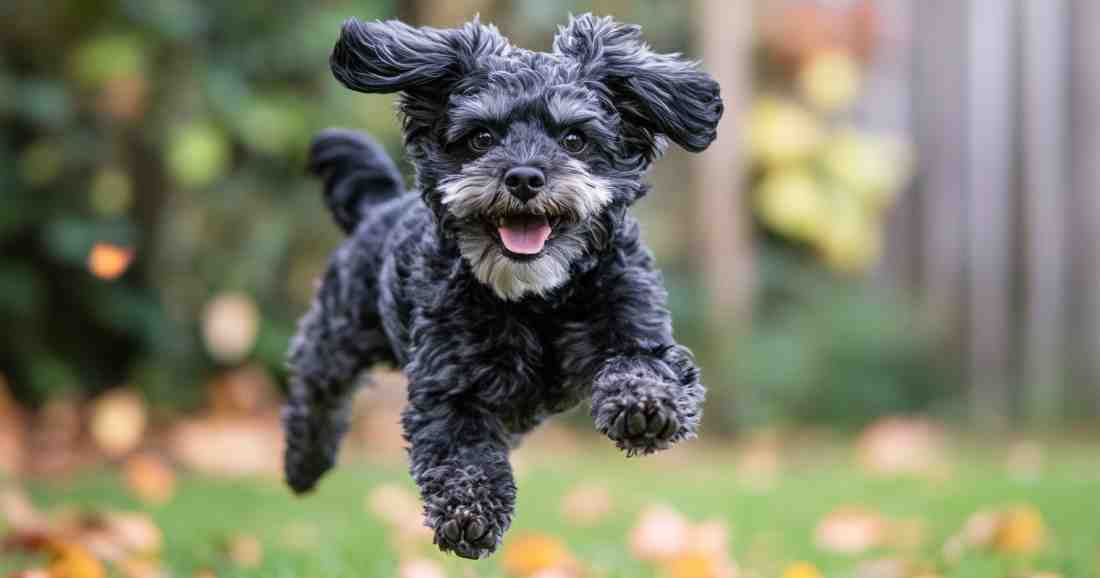
Explore your dog’s reactivity and learn how to help with the clever Is My Dog Reactive Quiz, Find Out If Your Dog Struggles with Reactivity! Does your dog bark, lunge, or overreact in certain situations? The Is My Dog Reactive Quiz helps determine whether your pup is displaying reactivity and what might be triggering their behavior. Some dogs react strongly to people, other animals, loud noises, or unfamiliar situations, which can make walks and social interactions challenging. Understanding the causes of reactivity and how to manage it can help you create a calmer, more confident companion.
Reactivity is often misunderstood as aggression, but in reality, many reactive dogs are fearful, frustrated, or overstimulated. Common causes include:
- Fear or anxiety – A lack of confidence can make dogs react aggressively to perceived threats.
- Lack of socialization – Dogs that haven’t been exposed to different environments may react fearfully.
- Frustration-based reactivity – Dogs who want to interact but are restrained by a leash may become overexcited.
- Past negative experiences – A history of trauma or bad encounters with people or other dogs can lead to defensive behavior.
- Breed tendencies – Some breeds have naturally stronger protective or prey-driven instincts.
Signs of a Reactive Dog
Recognizing reactivity is the first step to managing it effectively. A reactive dog may:
- Bark or growl excessively – Loud vocalizations often signal discomfort or overexcitement.
- Lunge or pull on the leash – This is a common response to triggers like other dogs or people.
- Fixate on triggers – A reactive dog may stare intensely at something before acting.
- Raise their hackles or stiffen their body – This signals heightened alertness and tension.
- Spin or jump unpredictably – Overstimulation can lead to sudden bursts of movement.
- Struggle to calm down after the trigger is gone – A highly reactive dog may take longer to relax after a stressful encounter.
Is My Dog’s Reactivity a Serious Issue?
Some reactivity is normal, but if your dog’s behavior is disruptive, uncontrollable, or worsening, it may require training or behavioral intervention. If your dog:
- Reacts to multiple triggers frequently,
- Struggles to focus even in calm environments,
- Escalates to snapping or biting,
then structured training and desensitization may be necessary to help them feel safer and more in control.
How to Manage a Reactive Dog
Reactivity doesn’t mean your dog is aggressive—it means they need guidance to feel secure. Helpful strategies include:
- Creating distance from triggers – Move away from stressful situations instead of forcing interactions.
- Using counter-conditioning techniques – Reward calm behavior around triggers instead of reacting negatively.
- Practicing leash control and focus exercises – Teaching commands like “watch me” can redirect attention.
- Providing mental stimulation and exercise – A tired dog is less likely to react impulsively.
- Working with a professional trainer if needed – A behaviorist can develop a structured plan for reducing reactivity.
Take the Is My Dog Reactive Quiz Now!
Still unsure if your dog’s behavior qualifies as reactivity? The Is My Dog Reactive Quiz evaluates their responses, triggers, and ability to stay calm in different situations. Whether your pup is mildly reactive or needs more structured training, this quiz will help you understand their behavior and take the right steps toward improvement. Take the quiz now!
